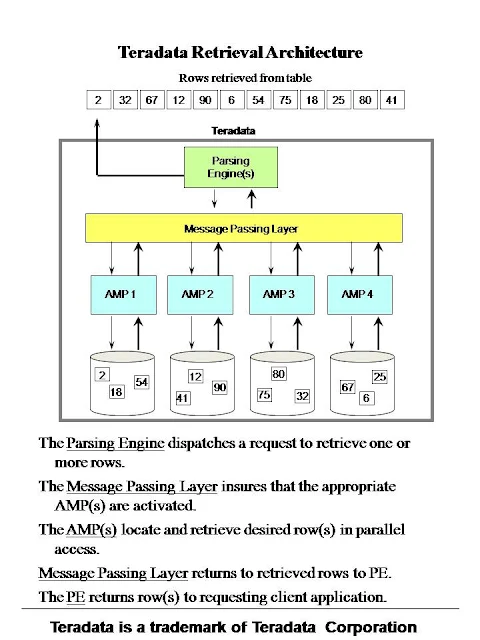When you say Domain in informatica means it is the unified administrative unit in the informatica server and is the head of the infa.
When you install infa(talking about the server, not the client) in your machine(in actual it is the server machine), the first thing to be created is Domain, where you can give the Domain name n all. It is an umbrella, under which we have all the other essential parts of infa like nodes,Integration service,repository service etc.
Suppose if our server machine have 1 TB hard disk and 250 GB RAM means, that is your Domain(Physically). Logically Domain will be running on this entire machine.
Next thing is the Node. It is the logical representation/partition of physical machine available(Domain). During installation you need to create node, after you configured the Domain using name,Machine(IP),host address n all. You can create as much as nodes you want.
If you created 2 nodes means, each node will share 500 GB hard disk n 125 GB RAM. i.e, all the resources allocated to the domain will equally distributed among the nodes created.
As i said, Domain is the entire server machine and node(s) is(are) the partition(s) of Domain. So all the services like IS and RS are running on the server(Domain), which can be accessed by the Clients through Server--Client structure(By giving the domain name/repository name/logon credentials).
In the back-end, upon the credential verification, the client will send the request to server(Domain) via TCP-IP protocol. The request will hit the server machine initially to a node, that is what the Gateway node. This node will act as an intermediate b/n Client and Server and will receive all the requests from server and returns all the answers from the Server.
i.e, Client<--->Master Gateway node<---> Server services(IS and RS)
-----------------SERVER-----------------------------
Also, if we have only one node in our domain means that will be the Master gateway node and also will responsible to run the all the sever services(IS and RS).




















































